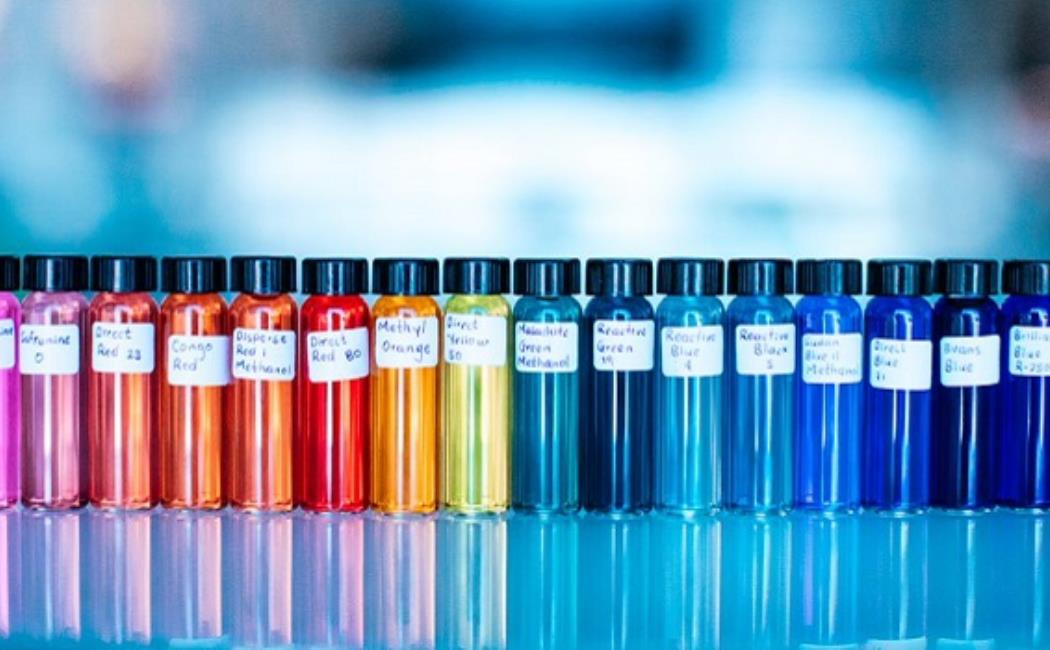
Colorful solution to a chemical industry bottleneck
07 May, 2019
The nanoscale water channels that nature has evolved to rapidly shuttle water molecules into and out of cells could inspire new materials to clean up chemical and pharmaceutical production. KAUST researchers have tailored the structure of graphene-oxide layers to mimic the hourglass shape of these biological channels, creating ultrathin membranes to rapidly separate chemical mixtures.
"In making pharmaceuticals and other chemicals, separating mixtures of organic molecules is an essential and tedious task," says Shaofei Wang, postdoctoral researcher in Suzana Nuñes lab at KAUST. One option to make these chemical separations faster and more efficient is through selectively permeable membranes, which feature tailored nanoscale channels that separate molecules by size.
Click here to read the full story
Image: Solutions of organic dye molecules could be easily separated by the dual-spaced membrane.
© 2019 KAUST; Anastasia Khrenova.